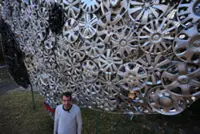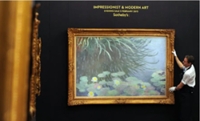Choreographer Izzie Islam's 'Nian, inspired by Tarian Terinai. This piece was performed by dancers Shafiq Yussof and Xin Ping at the 'KonTra: Bianglala' show at KLPac in June. Photo: Chew Seng Cheong
The dance music community has been experiencing a steady revival, especially with numerous productions – from community to commercial shows – taking the spotlight in the Klang Valley in the last few months.
Classical ballet, traditional dance and contemporary offerings have returned to the stage on a weekly basis, with many sold out shows and new productions pointing to better days ahead for dance.





